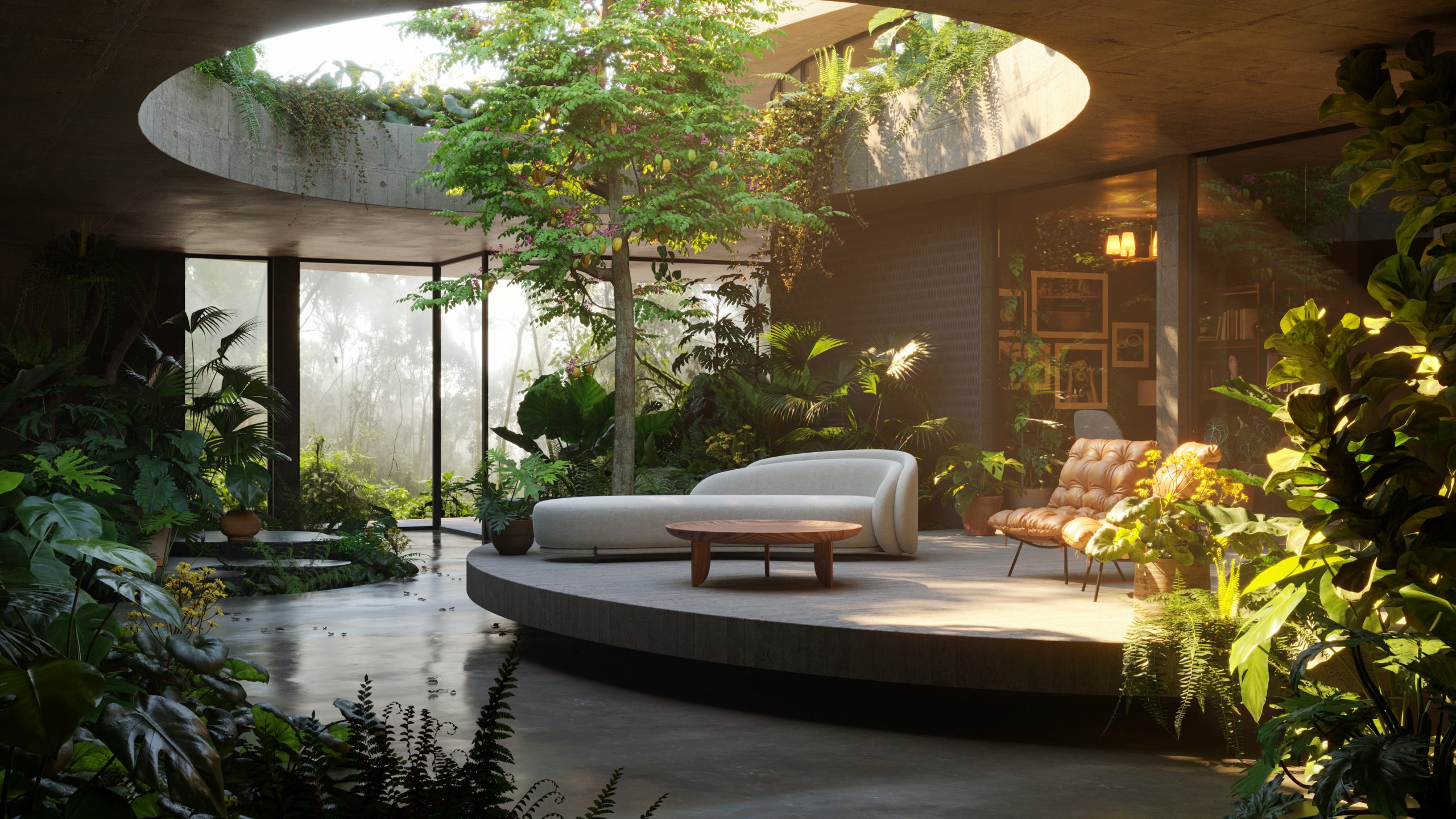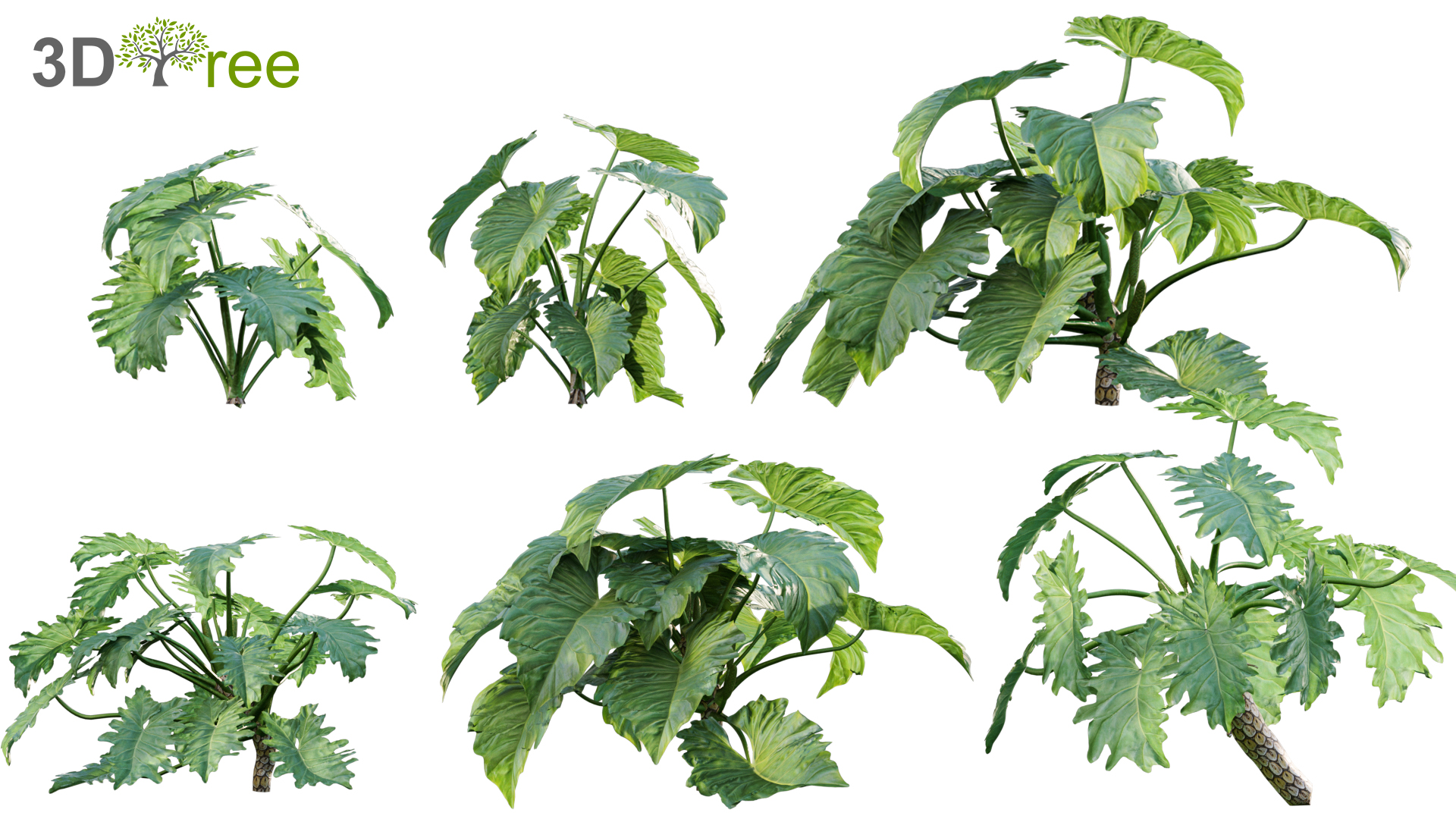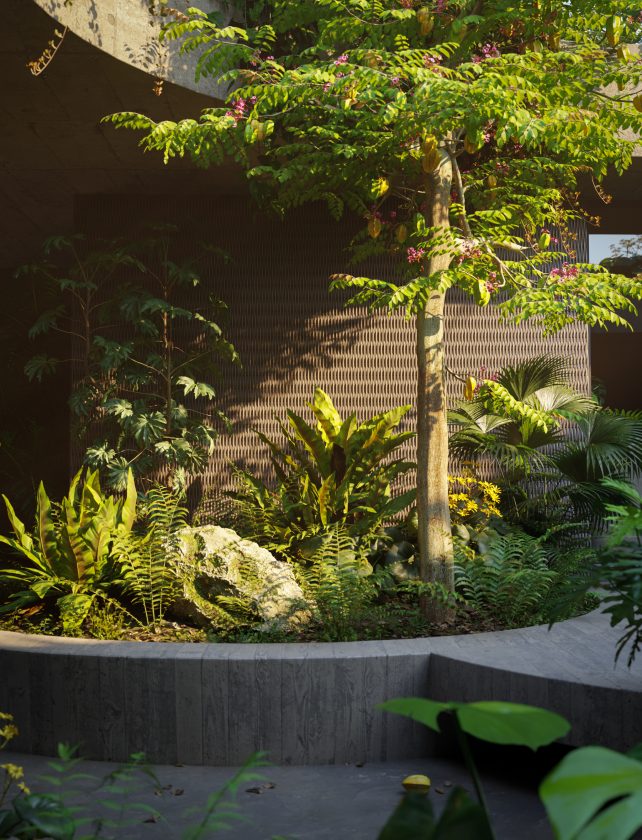Introduction:
In the realm of modern architecture and design, the quest for immersive and captivating spaces has reached new heights. The integration of cutting-edge technologies has become pivotal in bringing innovative visions to life. One such technology that is revolutionizing the industry is the use of 3D model plants. These highly realistic digital botanical elements not only elevate the aesthetics of architectural designs but also provide architects and designers with unparalleled creative freedom and visualization capabilities.
The Power of 3D Model Plants:
- Photorealistic Visualization: 3D model plants offer an astonishing level of photorealism, enabling architects and designers to present their ideas with unmatched clarity. The lifelike appearance of these digital plants enhances the visual appeal of architectural renderings and presentations, making them more engaging and convincing to clients and stakeholders.
- Seamless Integration: Integrating 3D model plants into architectural designs is a seamless process. With advanced software and modeling techniques, these digital botanicals can be effortlessly incorporated into various design concepts, be it for interior spaces, exterior landscapes, or urban developments.
- Design Flexibility: Unlike traditional landscaping, where live plants’ growth and maintenance may limit design choices, 3D model plants provide complete design flexibility. Architects can experiment with different plant species, sizes, and arrangements, tailoring each element to perfectly align with the overall vision.
- Sustainable Solutions: By utilizing 3D model plants, architects contribute to sustainable design practices. The absence of water and maintenance requirements reduces resource consumption and environmental impact, making it an eco-friendly choice for the built environment.
- Year-Round Appeal: Regardless of the season, 3D model plants retain their visual appeal and vibrancy throughout the year. This ensures that architectural presentations and visualizations consistently showcase greenery, irrespective of the actual seasonal conditions.
Applications of 3D Model Plants in Architecture:
- Architectural Visualizations: Enhance architectural renderings and 3D visualizations with lifelike 3D model plants, transforming mere blueprints into captivating, photorealistic representations of the final design.
- Virtual Reality (VR) Experiences: Create immersive virtual reality experiences for clients, allowing them to explore and interact with architectural spaces surrounded by lush 3D greenery.
- Concept Development: During the early stages of design, use 3D model plants to explore various landscaping options, enabling architects to quickly iterate and refine their ideas.
- Public Spaces and Urban Planning: Incorporate 3D model plants into urban planning projects to visualize and communicate how green spaces and sustainable landscaping can enhance the overall urban environment.
- Real Estate Marketing: Integrate 3D model plants into marketing materials, giving potential buyers a vivid and realistic preview of the property’s aesthetics and ambiance.
Conclusion:
The integration of 3D model plants has undoubtedly transformed the landscape of architectural design and visualization. With their exceptional photorealism, design flexibility, and sustainability, these digital botanical elements empower architects and designers to elevate their creations and communicate their visions with unprecedented clarity. As technology continues to advance, the use of 3D model plants will undoubtedly become an indispensable tool in the creation of innovative, sustainable, and visually stunning architectural masterpieces. Embrace the power of 3D model plants to enhance your architectural designs and redefine the boundaries of creative expression in the world of architecture.




